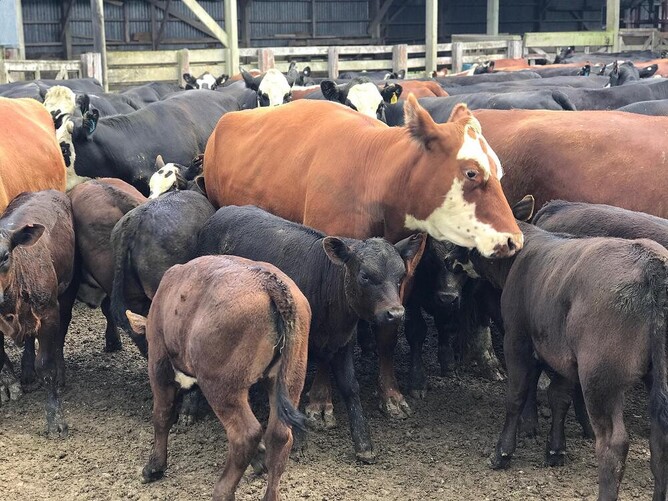Read our handy pre-weaning, weaning and post-weaning guide to help ensure successful growth and health for your stock.
Weaning your calves is a big day for your business and for your stock. However, smooth and successful weaning starts long before ‘separation day’, and ensuring optimal cow and calf health continues long after it.
Here are some tips for each stage to help you get the most out of your calves.
Pre-weaning
Book in any disbudding needed for November. Less of a growth check is seen the earlier these calves are disbudded.
Start weighing your calves early to confirm their growth rates are tracking well.
Take some faecal samples pre-weaning to determine the need for a pre-wean drench.
If doing a pre-wean drench, using a triple combination product is recommended to slow the development of resistance.
Start a clostridial vaccination programme pre-weaning to protect against tetanus and sudden death.
Ensure there is adequate feed for calves pre-weaning, as a feed restriction at this time can decrease the rate of muscle and fat deposition. If they are then fed high quality feed post-weaning, muscle mass may be lagging, and fattening can start prematurely.
Ensure quality feed is present for weaning.
Weaning
Take faecal samples at weaning to determine the need for a drench at this time. In some situations, such as where there are low stocking rates on-farm, the worm challenge is small and drenching at weaning is not required. Leaving calves undrenched at this time will also improve the refugia on the pastures they are grazing.
While not ideal, in drought conditions, calves can be safely weaned at six weeks if they are placed on a high protein diet.
Ensure you have good fences if weaning by abrupt separation.
Post-weaning
Recently weaned calves are at particular risk of disease and growth checks as they are experiencing changes in diet and rumen development.
Ensure there is plenty of quality feed available as a feed restriction at this time reduces the rate of muscle and fat deposition. Muscle mass usually catches up with refeeding in this situation, however the carcass weight of these cattle may be leaner than those continuously well fed.
Book in for some trace element testing so you know what to supplement your calves with.
- Emily Chisholm

